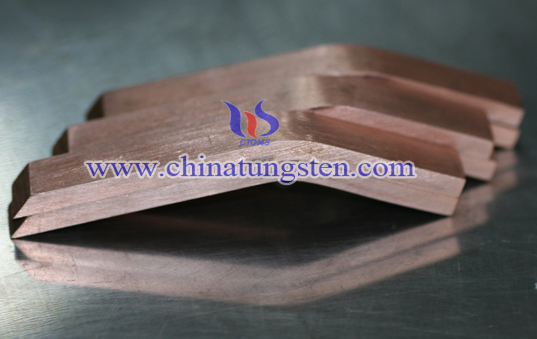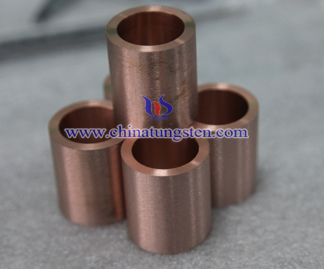cuivre tungstène procédé de séchage par pulvérisation

introduction
cuivre tungstène procédé de séchage par pulvérisation also called thermo-chemical synthesis method involves the preparation of the original solution and mixing, spray drying and fluid bed conversion in three stages. It is the solution to obtain chemical and physical atomized ultrafine particles by the method of combining physical means.
Processus
Tungsten copper precursors prepared by spray drying a powder is generally spherical hollow shell, spray dried powders must be converted to a fluidized bed to give the corresponding metal composite powder. First, a variety of mixed metal salt solution to obtain a mixed solution, such as ammonium paratungstate or ammonium metatungstate and other metals Cu, Ni, Fe is mixed into the aqueous metal salt solution after the atomizer, the spray from the nozzle into the drying chamber to obtain high speed metal salt particles, collected after firing, to obtain ultrafine particles nanocrystalline oxide composite powder precursors, shaped like a spherical shell-like powder. Then the precursor powder under certain conditions through the reduction or charring, to obtain the desired component monopropellant, multi-component alloy composite powder or carbide.
Advantages
Prepared by spray drying nano tungsten copper composite material's life is three times higher than conventional tungsten copper alloy products, mechanical properties significantly improved. Currently, spray drying method has been used for the preparation of WC-Co, W-Cu, W-Ni-Fe and other tungsten alloy and ceramic nanocomposite powder. The process control is simple and does not introduce other heterogeneous impurities, therefore, suitable for mass production, and has broad application prospects.

